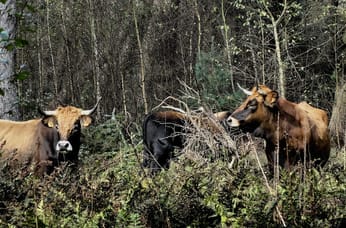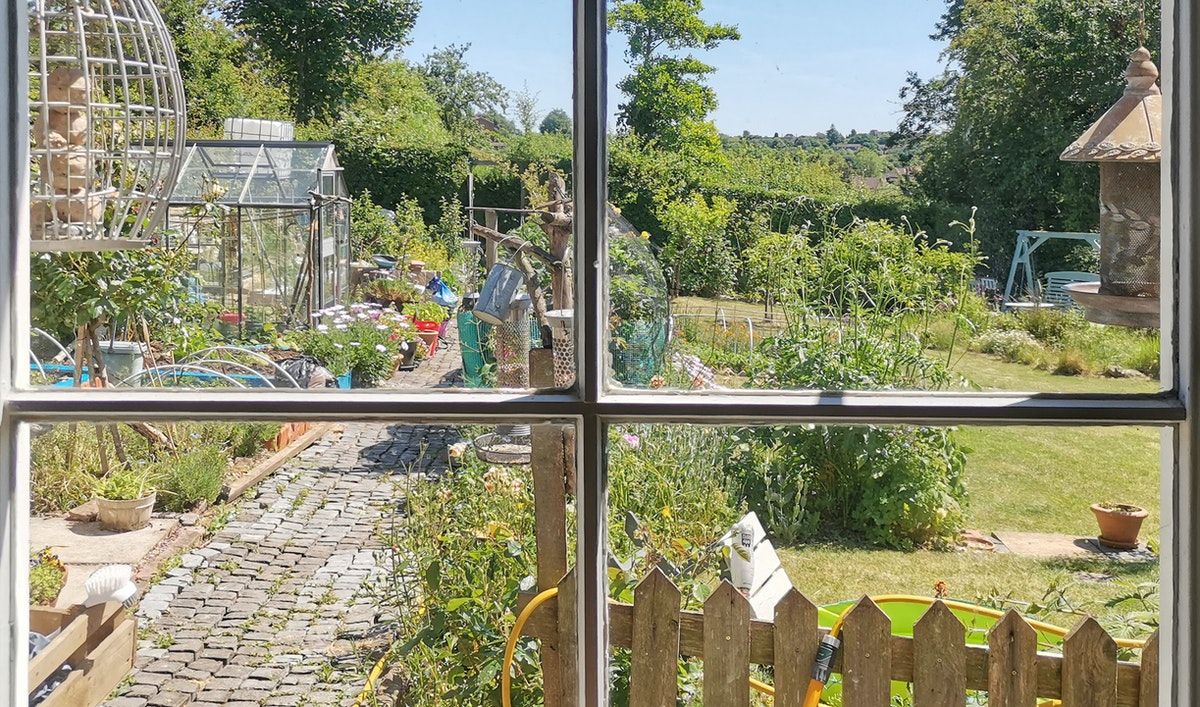
Amid the coppice and hedgerows, a vision for Britain's allotments
Once a Victorian pleasure garden, St. Ann's is now a haven for gardeners and wildlife.
Today’s feature is by Sophie Gargett, a freelance journalist based in Nottingham.
The scent of honeysuckle and roses wafts through Alice Hewkin’s allotment.
The flowerbeds are interspersed with vegetables, and the shelves of a small brick building are lined with jams and cordials boiled from berries picked from the plot.
“You wouldn’t think you were just a mile or two from all the hustle and bustle,” says Hewkin, pointing out the rooftops in the city beyond. “It’s like my little oasis away from everything.”
Alice’s Garden, as it is known, is one of the 670 plots that comprise St. Ann’s Allotments, a 75-acre site nestled in a small valley to the east of Nottingham’s city centre.
The city’s residents have stubbornly clung onto this land for centuries, belying a nationwide trend: research has shown that, between World War II and 2016, the land available for allotments fell by 65 percent, with tens of thousands of people unable to access space to grow their own food.
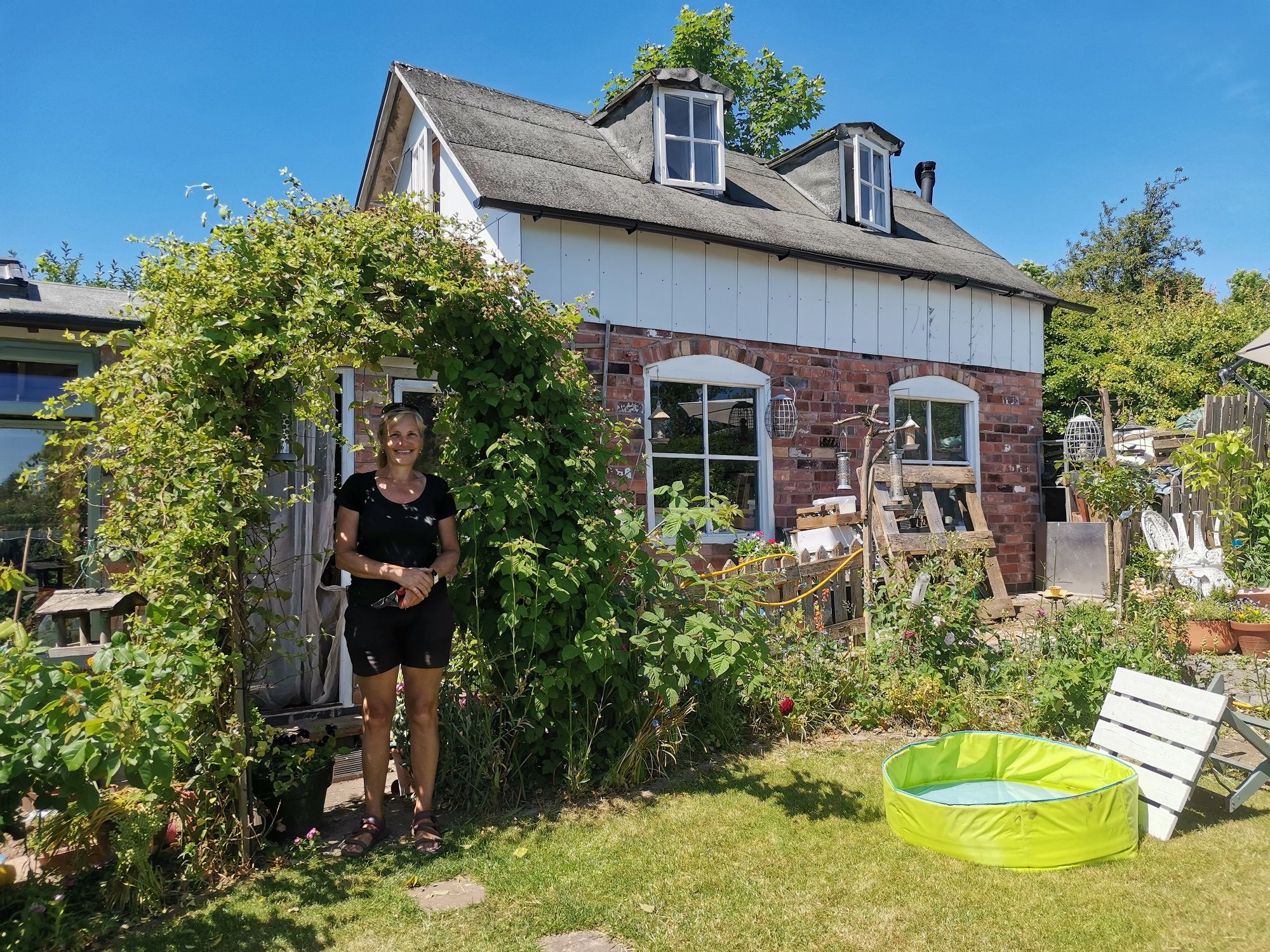
This shouldn’t be the case. Thanks to the 1908 Allotments Act, councils have a legal obligation to provide an allotment to anyone who wants one.
In practice, however, land remains scarce: following a peak around the wartime “dig for victory” campaign, demand dropped and pressure from developers rose, leading to the widespread closure of allotments. This scarcity is particularly acute in deprived areas, where the loss of allotment land has been eight times higher than in the wealthiest communities.
As recently as 2019, the aristocratic Percy family found themselves facing a “peasant’s revolt” when they threatened to build flats on the land they have leased to the Park Road Allotments Association since 1917. Today, there are lengthy waiting lists, and their popularity is rising; according to figures from the National Allotment Society, demand has soared during the pandemic.
In this context, the example of St. Ann’s in Nottingham is even more remarkable.
As well as providing an opportunity for residents to grow their own food, some 60 plots remain uncultivated, providing a variety of habitats for wildlife, including coppice, scrub, ponds and wildflower meadows. Around 60 species of birds have been spotted at the site, alongside 104 species of moths and 222 different plants, excluding trees and shrubs.
There is a community orchard and a heritage plant nursery, where rare historical plants are propagated and protected, including 120 species of apple and 50 varieties of pear.
These features are a fairly recent development in the site’s long history. During the 1980s and 1990s, St. Ann’s was largely neglected. After a 20-year campaign to save the allotments, it was awarded funding for a £4.5m restoration project in 2007 and is now a Grade 2* English Heritage listed site – an added layer of protection that will help to secure its long-term future.
“So many people who had lived in Nottingham all of their lives said they’d never heard of the allotments,” says Mo Cooper, a Nottingham historian and former heritage officer at St Ann’s. “Getting more people aware of their importance and uniqueness was a big part of the campaign.”
That the site remained green at all by this point was down to Nottingham’s idiosyncratic urban development. Throughout the 16th and 17th centuries, the city was shaped by its parks, wide roads and fashionable housing. But, by the early 18th century, the area’s booming hosiery and lace industry meant factories and tenements were mushrooming, squashed within the legal boundary of the town walls.
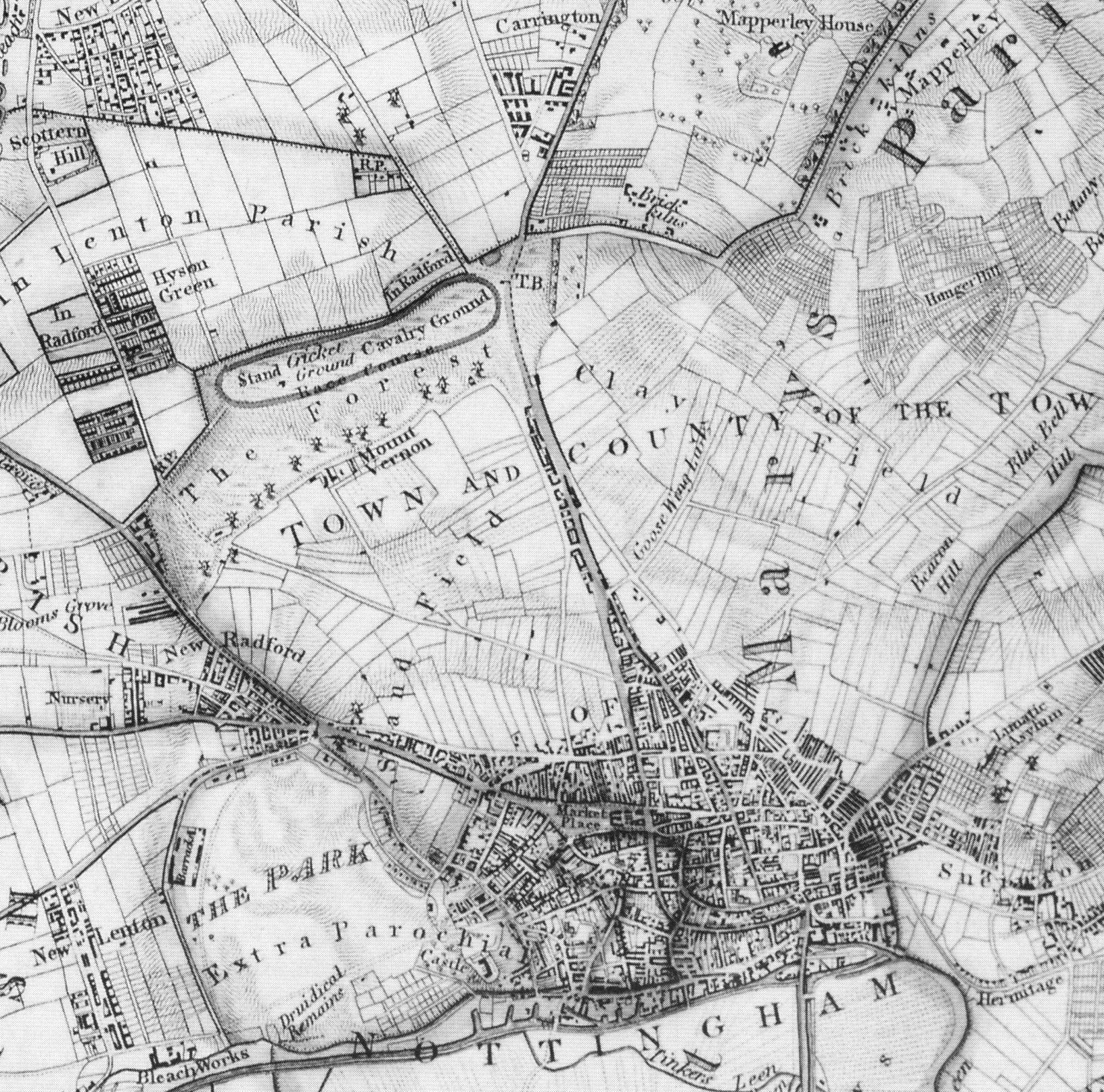
By the 1830s, Nottingham was said to have had the worst slums in Europe, with affluent merchants living in cramped streets alongside the poor. Those who could afford it rented detached “pleasure gardens” just outside the city – private spaces where they could relax among their lawns, flowerbeds and glasshouses.
St. Ann’s was one such site. The land had fallen into the hands of the Corporation of Nottingham after the dissolution of the monasteries, and was leased to 30 freemen for grazing and agriculture. Sensing an opportunity, they divided their plots into smaller gardens and sublet them to wealthy Victorians for £1 per year.
In 1845, however, new legislation allowed the city to expand. Wealthy people moved into the spacious suburbs, and Nottingham’s working class residents took over the allotments as a way to feed their families. It was an activity of which Victorian society approved: “Get a man out of the dram and beer shops into the fresh pure air” and he might just become a Christian, wrote Nottinghamshire rose expert Reverend Hole.
Today, St. Ann’s is the oldest and largest area of detached town gardens in the world. “If you look at old plans of the gardens, you can see the same little avenues and passageways that have been there for centuries,” says Cooper. “The 32 miles of hedgerow bordering the plots still stand, as do several Victorian structures that people would have used as summerhouses.”
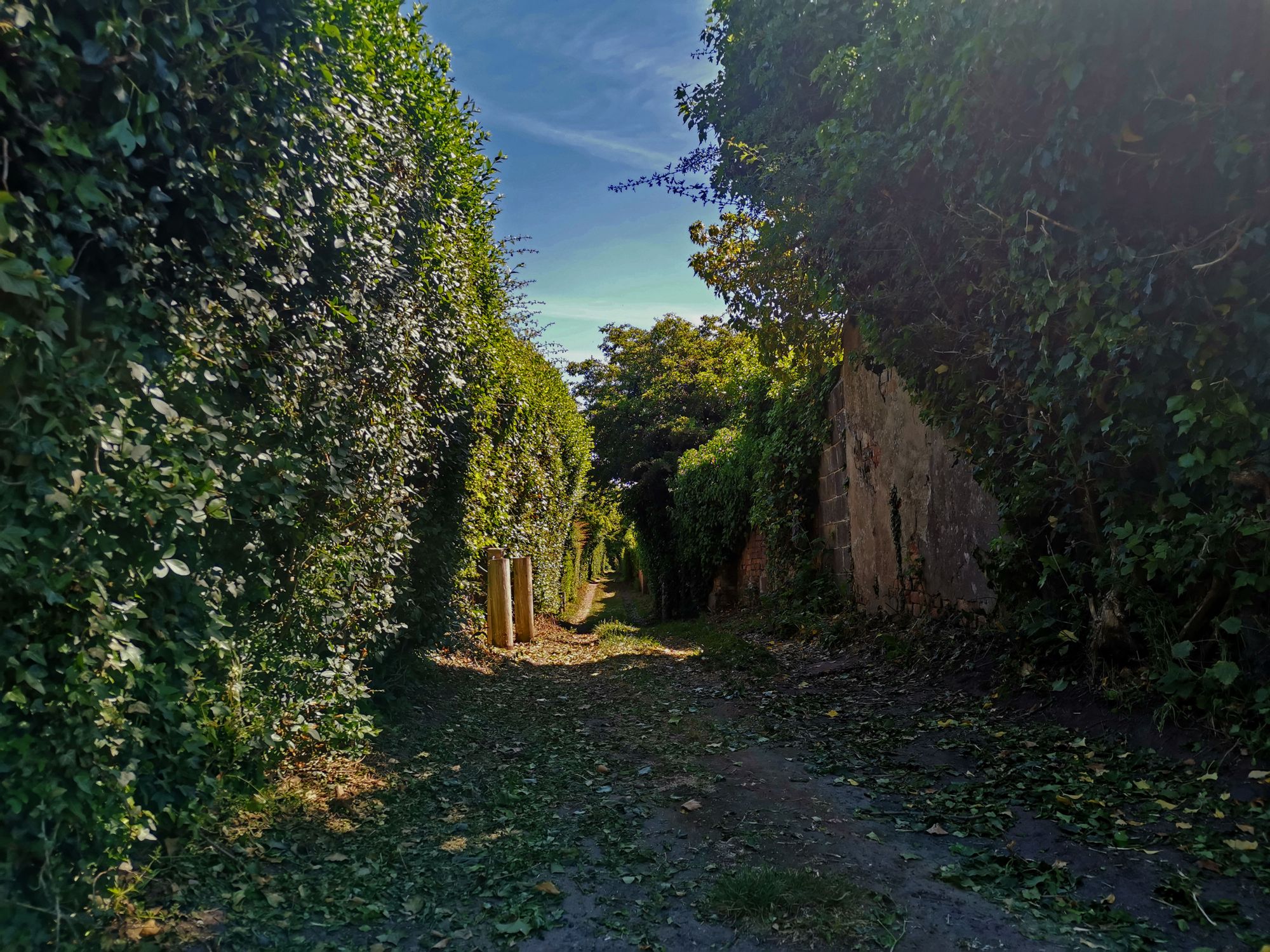
In the restoration of St. Ann’s, there is a lesson for other cities. The same research showing the decline of allotments also demonstrated that former allotments sites, if reconverted to agriculture, could meet the existing demand for plots.
However, while this would boost food security, many of these abandoned allotments have since found a second lease of life as parks, playing fields and nature reserves. Rather than advocating that these be returned to private plots, the researchers are now thinking about how the potential for allotments among the concrete terrain of cities.
"Designing urban spaces for the future that have greenspace at their heart will bring a multiplicity of environmental and social benefits to the area,” says Miriam Dobson, a researcher at the University of Sheffield’s Institute for Sustainable Food, and the lead author of the study. “Allotments are just one of many ways in which we can produce more food in our cities, and are a really positive use of former grey infrastructure.”
In Nottingham, a 22-year-old designer is working to turn theory into reality.
Following the collapse of shopping centre developers Intu last year, the city’s Broadmarsh Centre has remained a derelict eyesore for over six months, prompting a conversation about how the land could be used in new ways.
A recent design put forward by UCL architecture graduate Josef Stoger combines the expected mix of retail, housing and cultural attractions, but also integrates an ambitious vista of tiered allotments into the space.
“If re-thought to work in the new urban context, allotments could be vital for growing strong communities,” says Stoger. “Not only are they a place where people make friends and help each other out, but with food security at risk, having space for people to take matters into their own hands would be great, as well as boosting the sustainability of our cities.”
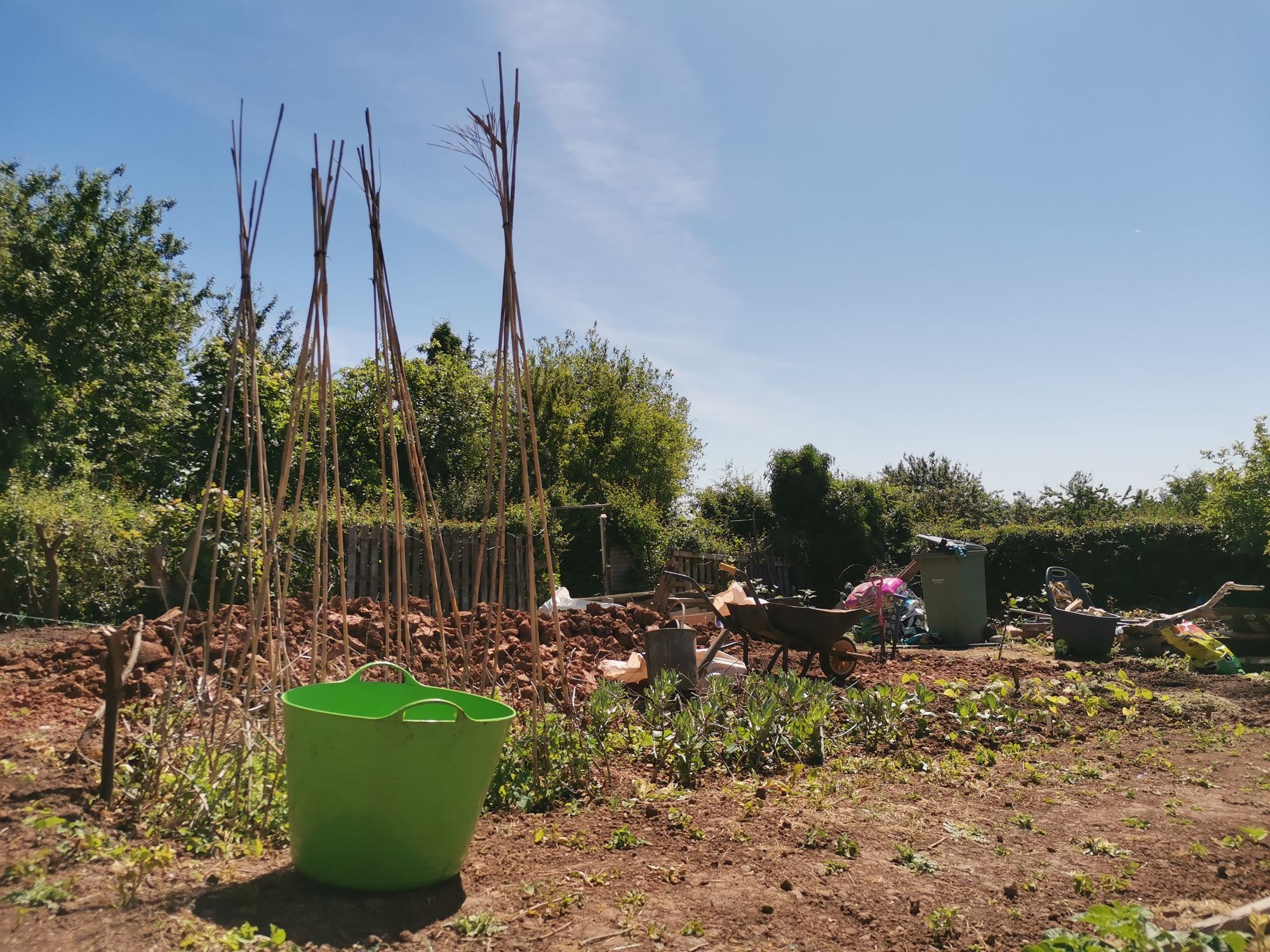
The idea has not yet been formally accepted by Nottingham City Council, but it is certainly promising that green spaces and local food provision are entering the conversation around city planning.
At the national level, however, the conversation has barely got started. While Labour promised in their 2019 manifesto to support local food networks and review the Allotments Act, there are no current government plans to ensure that allotments get the attention they deserve.
The pandemic has demonstrated our need for nature and green space like never before. We all deserve a chance to submerge our hands in the soil.
Image credits: Sophie Gargett
Subscribe to our newsletter
Members receive our premium weekly digest of nature news from across Britain.
Comments
Sign in or become a Inkcap Journal member to join the conversation.
Just enter your email below to get a log in link.








